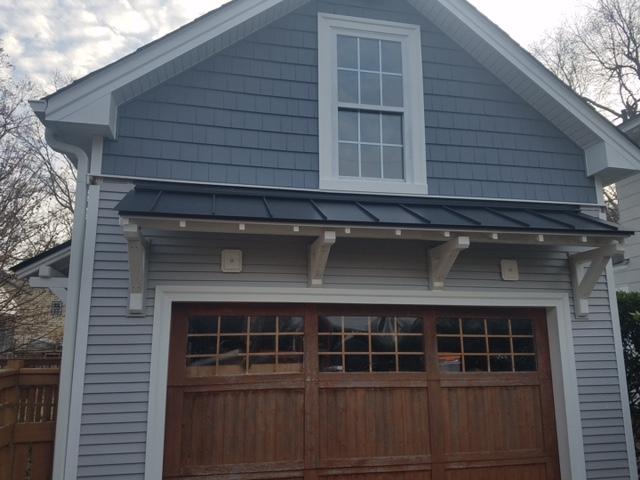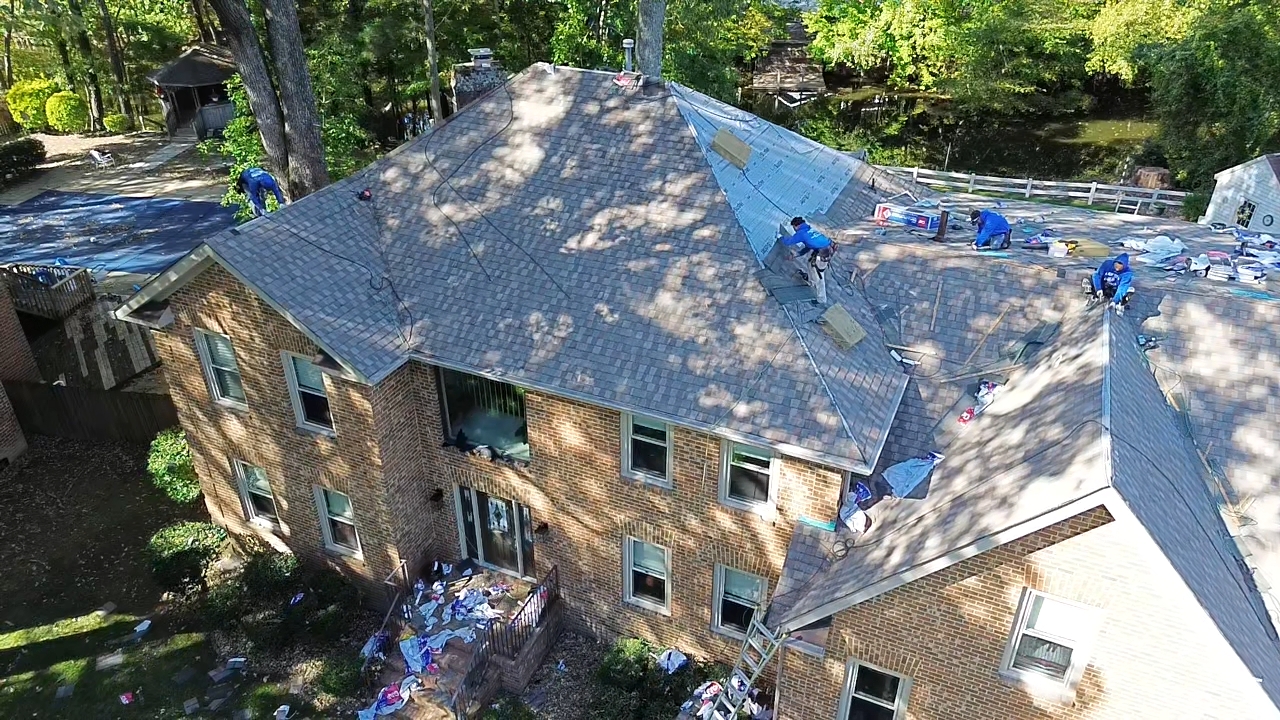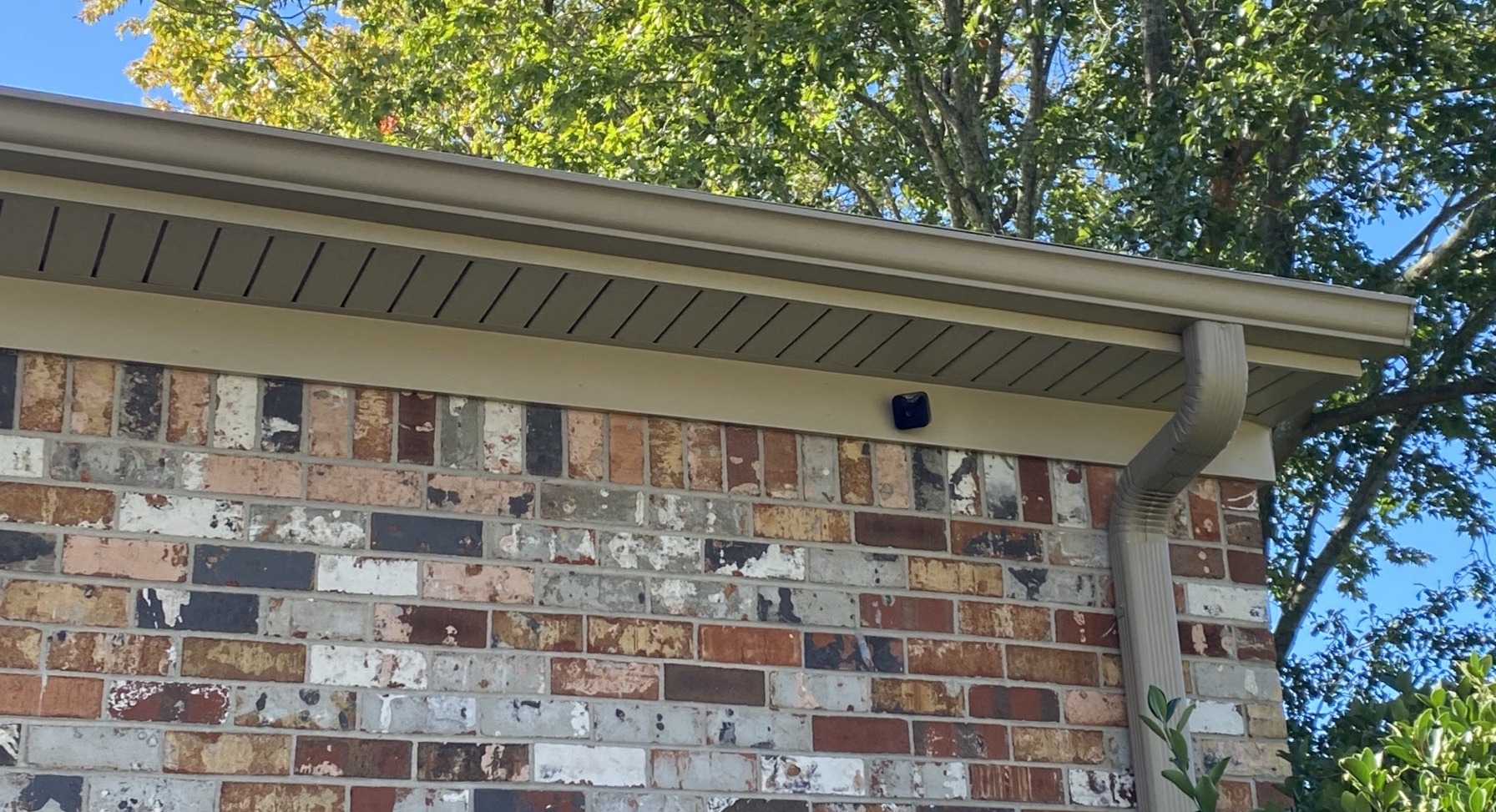How to detect and prevent ice dams on your roof
Use our quick contact form to get in touch with our team. We will respond shortly.

While snow and ice may not be an everyday concern in Virginia Beach, sudden winter storms and freezing temperatures can still create dangerous roofing issues—especially ice dams. As a trusted roofing contractor in Virginia Beach, WT Anderson helps homeowners understand what ice dams are, why they form, and how to prevent them.
What Are Ice Dams?
Ice dams form when heat from your attic melts snow on the roof. The water flows down toward the eaves and refreezes, creating a ridge of ice. This dam traps additional water, which can seep under shingles and cause damage to your roof deck, insulation, and ceilings.
Signs of Ice Dam Formation
- Icicles hanging from gutters or the roof edge
- Water stains on ceilings or walls
- Peeling paint near rooflines
- Cold drafts or wet insulation in the attic
How to Prevent Ice Dams
1. Improve Attic Insulation
Proper insulation keeps warm air in your living space and out of your attic, helping to maintain an even roof temperature.
2. Ensure Proper Ventilation
Install soffit and ridge vents to allow cold air to circulate, keeping the roof deck cool and preventing snowmelt.
3. Seal Air Leaks
Use caulk or foam to seal gaps around plumbing, chimneys, and wiring that let warm air into the attic.
4. Clean Gutters Regularly
Debris-filled gutters prevent proper drainage and encourage water backup and freezing.
5. Schedule a Roof Inspection
Our team at WT Anderson can identify and fix vulnerabilities before winter weather hits.
Learn more about our roof repair services.
Sources:
- U.S. Department of Energy: Ice Dam Prevention
- NRCA: Preventing Ice Dams
- WT Anderson Roof Repair





